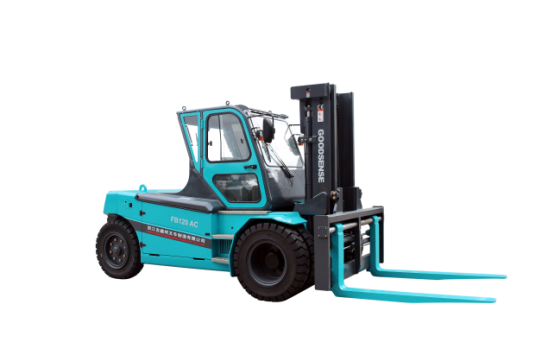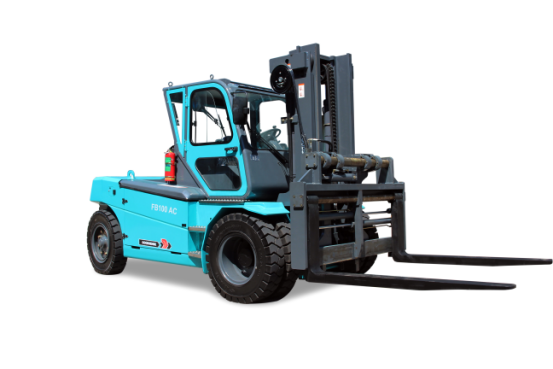The National Development and Reform Commission issued a message on May 24 and decided to increase the price of refined oil once again on that day. At this point, the prices of gasoline, aviation kerosene and diesel have risen by 300 yuan and 200 yuan per ton respectively since March 26, and the second increase has been completed in just 60 days, and the increase has reached 500 yuan. Just one day after the official announcement of the news, the drivers who heard the news crowded the large and small gas stations all over Beijing. In these cars that lined up for 100 meters long for refueling, private cars and taxis accounted for the vast majority. As the purchaser and user of passenger cars, fuel cost is undoubtedly one of the most concerned factors for passengers. Their attitude towards rising oil prices can be seen in this hot refueling scene. The use of vehicles to sell the market is also bound to be tested. On the other hand, in the truck market, because of the characteristics of the means of production, it seems that it is difficult for trucks to be affected by the rise in oil prices. Judging from the current truck market, the reflection on the rise in oil prices is far less than that of the passenger vehicle market. So, is the truck market really not affected by rising oil prices? How are truck manufacturers reacting to rising oil prices? The reporter interviewed some industry stakeholders on these issues.
Rising oil prices are major trends that have little effect on truck sales
An industry source told reporters that the price of refined oil is in line with the international trend. The price increase is just an issue of timing and magnitude. Some experts predict that the market price of oil will rise to around 6.5 yuan/liter this year, and even further increase. From the perspective of market demand and development trends, this prediction is not impossible. However, the price increase of refined oil is a universal problem, and the impact on truck manufacturers is relatively small.
The person explained that truck sales mainly face the two major markets of engineering construction and logistics transportation, and users must purchase trucks if they want to engage in these industries. It is like buying a house. Although house prices keep rising, homebuyers still have to buy in order to solve the housing problem, but they may choose a relatively cheap apartment for economic considerations. Similarly, car buyers will continue to purchase trucks in order to continue to engage in industries that rely on survival and development, but will tend to be more fuel-efficient models in product selection. To put it another way, rising oil prices will lead to lower profits for users, but have little effect on the sales market of trucks.
Market demand accelerates product differentiation
For users, in the case of rising oil prices, in order to ensure maximum profits, they will tend to more fuel-efficient models. Does this more obvious tendency change the sales pattern of trucks? The industry analyst said that at present, in the engineering construction market, the user's demand for construction vehicles and special vehicles is further refined. Their requirements for vehicles will be more professional and fixed, and they will pay more attention to product specifications than fuel consumption. And quality. Therefore, the rise in oil prices will not have much impact on the product mix of the construction vehicle and Special Vehicle market. In the logistics and transportation market, the situation is different. The rise in oil prices makes users who run interprovincial long-distance transportation pursue the greatest profit for one-time transportation. Therefore, they will tend to purchase high-capacity heavy-duty trucks; Users tend to buy small horsepower, more fuel-efficient light trucks. This kind of market demand makes truck products differentiate to two levels, and rising oil prices will undoubtedly accelerate the evolution of this pattern.
Manufacturers formulate marketing strategies around fuel conservation
As for the rise in oil prices, several vehicle companies interviewed by the reporter all said that they have little influence on their own product sales, but generally stated that they will make corresponding adjustments according to changes in market demand. A business person told reporters that fuel consumption and fuel economy are mainly determined by components such as engines and transmissions, so the impact of rising oil prices on these engine and transmission manufacturers will be even greater. As a vehicle company, the match of each assembly will also be more focused on the needs of the market.
Another company official said that the trend of rising oil prices has been revealed last year, so the company began to develop oil-saving products last year, from the current situation, the rise in oil prices is conducive to the sale of fuel-efficient products. The corporate source also stated that the frequent upward adjustment of oil prices is reflected in the users. According to the statistics of the company, in the case of increased fuel cost expenditures, the user’s concern about whether or not the product is fuel-efficient has taken the first place in the selection of vehicle reference factors. In response to this situation, the company started with marketing strategies and launched activities such as the “fuel saving summer campâ€. On the one hand, it provided users with a platform for exchanging fuel-efficient experience. At the same time, it set up a fuel-saving class and invited company experts to guide users in scientific driving. In this way, the company ensures that users get the maximum profit in the event of rising oil prices, and it also enhances the user's confidence in the company.
Although the increase in oil prices did not have a significant impact on the sales of truck products, it drastically increased the operating costs of truck users. In this market environment with high oil prices, how should companies win users and grab market opportunities? Perhaps the maximum protection of the user's profits, and truly help users save fuel, is what companies should do.
Goodsense forklift new generation electric counter balance forklift advantages:
-Biggest Electric Forklift supplied in China
-High-Strength Overhead Guard
-Famouse Shell Brand Hydraulic Oil
-ISO14001 Environmental Certification,All nuts use zinc clear.
-Korean KCC painting
-Wide view Mast
-Battery can be taken out easily(two way,From top and from side)
-LED lamp
-Curtis or Zapi AC controller
-Famous brand battery and charger
-Reasonable structure,better heat dissipation for controller
-Battery water automatic replenish for optional
-Powerful AC driving motor applied to reduce maintenance cost and increase the overall performance.
|
General |
|
|
|
|
|
|
Model |
|
FB80 |
FB100 |
FB120 |
|
|
Power Type |
|
Electric |
Electric |
Electric |
|
|
Load Capacity |
kg |
8000 |
10000 |
10000 |
|
|
Load centre |
mm |
600 |
600 |
600 |
|
|
Tyre |
|
|
|
|
|
|
Tyre |
|
|
Pneumatic Tyre |
Pneumatic Tyre |
Solid Tyre |
|
Front Tyre |
|
9.00-16-14PR |
9.00-20-14PR |
9.00-20 |
|
|
Rear Tyre |
|
8.25-15-14PR |
8.25-20-14PR |
8.25-20 |
|
|
Overall Dimension |
|
|
|
|
|
|
Lift Height |
mm |
3000 |
3000 |
3000 |
|
|
Fork Size |
L×W×T |
mm |
1220×150×70 |
1220×175×85 |
1220×175×85 |
|
Mast Tilt Angle |
F/R |
. |
6/10 |
6/10 |
6/10 |
|
Mast Lowered Height |
mm |
2600 |
2830 |
2830 |
|
|
Mast Extended Height(with backrest) |
mm |
4400 |
4260 |
4260 |
|
|
Length to face of fork(Without fork) |
mm |
3770 |
4412 |
4412 |
|
|
Overall Width |
mm |
2200 |
2250 |
2250 |
|
|
Overhead Guard Height |
mm |
2500 |
2640 |
2640 |
|


Application Area:
1.Warehouse
2.Port
3.Factory
4.Distribution Center
5.Logistics
If you have any other questions,please contact us directly.Our forklift are all with high quality,and you can choose any other engine to equip.It can be produced according to your idea.And we invite you to visit our factory.
8.0-12.0Ton Electric Forklift,12.0Ton Electric Forklift,8.0Ton Electric Forklift
ZHEJIANG GOODSENSE FORKLIFT CO.,LTD , https://www.dieselforklift.nl
